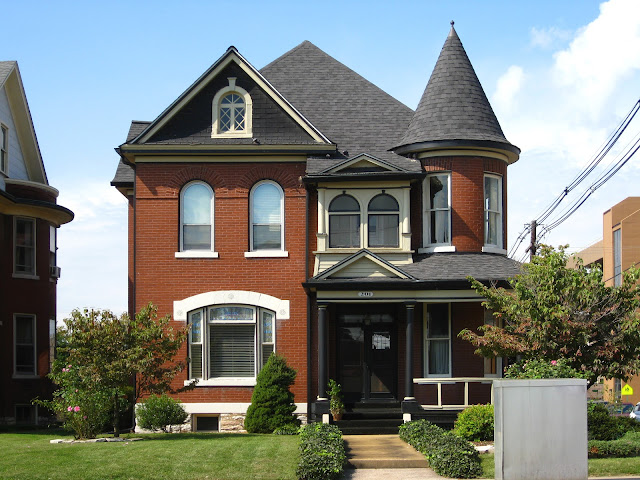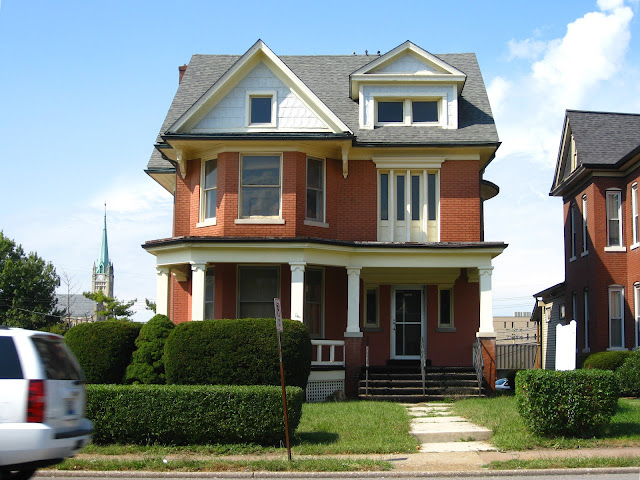The city of Belleville was named by George Blair in 1814. Blair was born in 1760 and his father was born in Scotland. Blair donated an acre of his land for the Town Square and an additional 25 acres that adjoined the Square for the new County Seat, causing the county seat to be transferred from the village of Cahokia.
Belleville was incorporated as a village in 1819 and became a city in 1850. It is said that Blair named the city Belleville (French for "beautiful city") because he believed that a French name would attract new residents. Since major immigration in the mid-19th century occurred following revolutions in Germany, most of the population is of German heritage.
After the failure of the German Revolution in 1848, many of the educated people fled their homeland. Belleville was the center of the first important German settlement in Illinois. By 1870, an estimated 90% of the city's population was either German-born or of German descent.
After the Civil War (1861-1865), Belleville became a manufacturing center; nails, printing presses, gray iron castings[1], agricultural equipment, and stoves were made there. The number of stoves produced and wealth generated from the stove foundry industry gave Belleville the moniker, "Stove Capital of the World." The State of Illinois’ first and last brewery was established there. Belleville was also Southern Illinois’ leading cigar revenue district. In 1868, Gustav Goelitz founded the company that is known today as "Jelly Belly."
An immense deposit (400,000 acres) of black coal was found in St. Clair County. By 1874, some farmers had become coal miners. One hundred shaft mines were in operation in and around Belleville. The coal brought the steam railroad to town, which allowed for the transport of many tons of coal to be shipped daily from Belleville to St. Louis, Missouri. Later, Belleville would have the first electric trolley in the state.
The first style of homes in Belleville was simple brick cottages, known locally as "German street houses" or "row houses." However, there is a great variety of architectural styles with American Foursquare, French Second Empire, Greek Revival, Gothic Revival, Italianate, Queen Anne, and Victorian. Over 700 properties are listed on the Belleville National Register Historic District. The "Old Belleville Historic District" was formed in 1974 and is the city’s first historic district. The city also had two more historic districts: "Hexenbukel" (est. 1991) and "Oakland" (est. 1995).
Belleville’s early German immigrants were scholarly, with most of them having graduated from German universities. They were nicknamed “Latin Farmers” because of this. In 1836, residents established the city’s public library. The Belleville Public Library is the state’s oldest, predating the Illinois State Library by three years. The German settlers also founded choral and dramatic groups as well as literary societies. Belleville was also home to one of the first kindergartens in the country.
Belleville, Illinois, Historic District
[1] Gray Iron, or grey iron, is a type of cast iron that has a graphitic microstructure. It is named after the gray color of the fracture it forms, which is due to the presence of graphite. It is the most common cast iron and the most widely used cast material based on weight. It is used for housings where tensile strength is non-critical, such as internal combustion engine cylinder blocks, pump housings, valve bodies, electrical boxes, and decorative castings. Grey cast iron's high thermal conductivity and specific heat capacity are often exploited to make cast iron cookware and disc brake rotors.







































.jpg)

.png)



.png)
